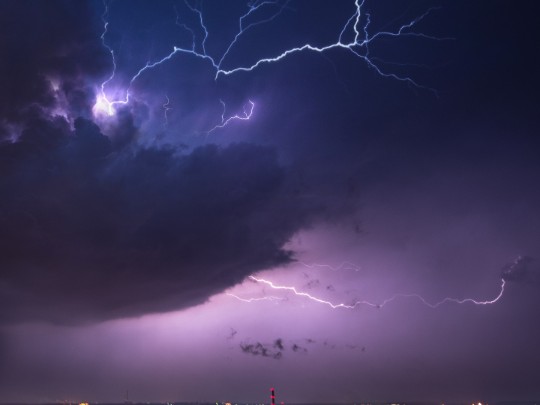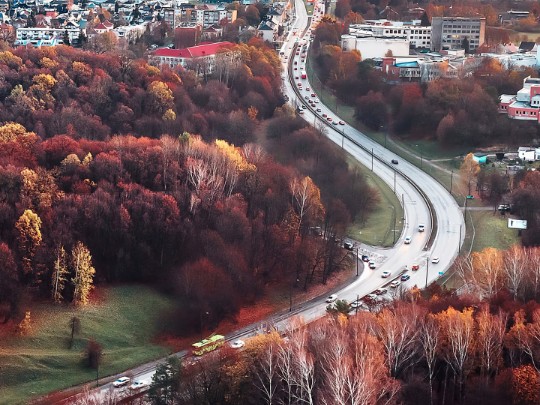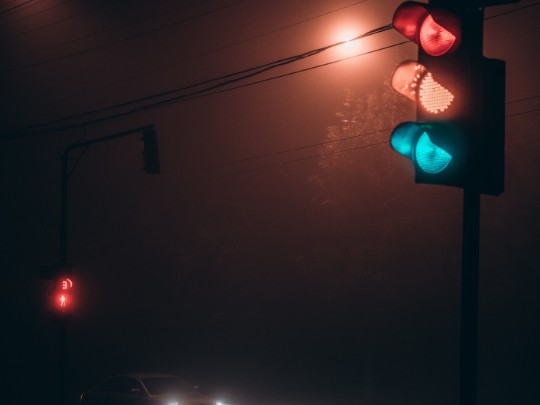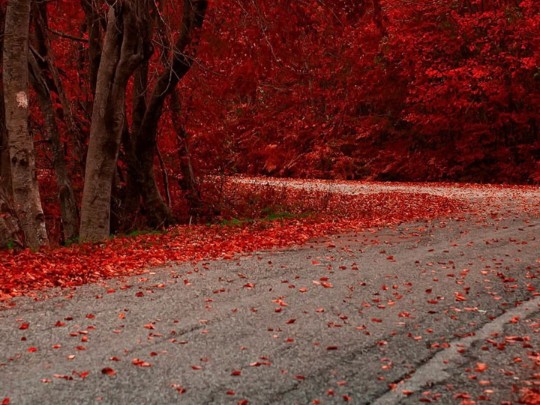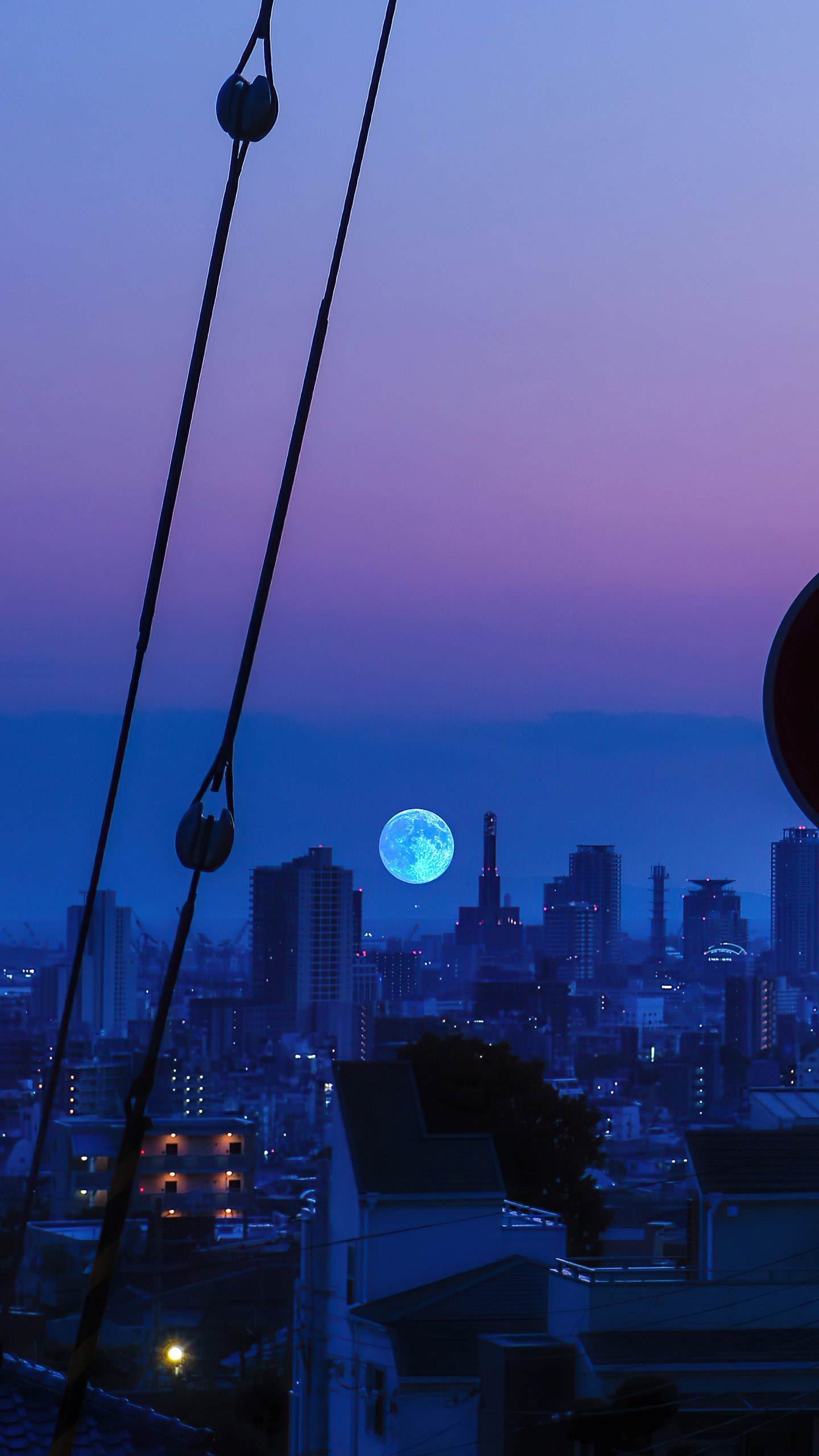Painting the Night: Mastering Light Trails Photography for Stunning Results
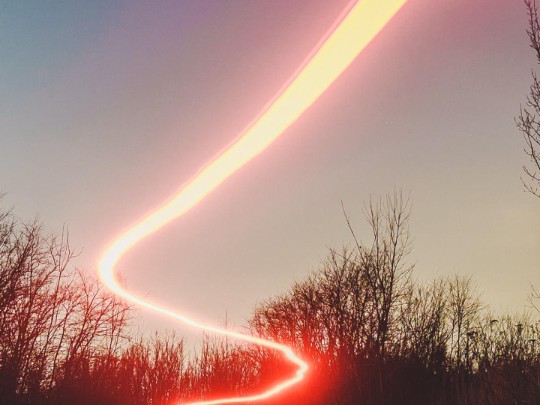
There's an undeniable magic to driving on a dark, open road – the hypnotic rhythm of headlights, the sense of solitude, and the feeling of being enveloped by the night. But imagine capturing that feeling, transforming those fleeting streaks of light into mesmerizing works of art. Welcome to the captivating world of light trails photography!
What are Light Trails? Light trails are essentially luminous streaks created by moving light sources – typically vehicles – captured using a long exposure technique. Instead of freezing the motion, we embrace it, allowing the light to 'paint' across the sensor, creating dynamic and visually striking images.
The Technique: Long Exposure is Key The foundation of light trails photography lies in long exposure. This involves keeping your camera's shutter open for an extended period—seconds, minutes, or even longer! While the vehicles whiz by, their headlights and taillights leave behind glowing trails. It's like capturing a moment of movement frozen in time, but instead of stillness, you get a vibrant, flowing representation of that motion.
Essential Gear & Location Scouting While you can get started with minimal equipment, here’s what you'll need:
- Camera: Any camera with manual settings and the ability to control shutter speed.
- Tripod: Absolutely essential! A sturdy tripod keeps your camera perfectly still during the long exposure, preventing blur and ensuring sharp light trails.
- Remote Shutter Release (Optional): Minimizes camera shake when pressing the shutter button.
- Location: Seek out long, straight stretches of road with minimal ambient light pollution. Bridges, overpasses, and roads winding through scenic landscapes can add extra interest.
Experimentation & Creative Composition The beauty of light trails photography is in the experimentation. Here’s how to take your images to the next level:
- Shutter Speed: This is your primary creative tool. Slower shutter speeds (e.g., 10-30 seconds or longer) produce dramatic, sweeping arcs, while faster speeds (e.g., 2-5 seconds) create shorter, more subtle lines.
- Aperture: Typically, a smaller aperture (higher f-number, like f/8 or f/11) is used to ensure sharpness and depth of field.
- ISO: Keep your ISO as low as possible (usually ISO 100) to minimize noise.
- Composition: Don’t just focus on the light trails themselves. Incorporate foreground elements like trees, buildings, or even silhouettes of people to add depth and context to your scene. Leading lines can also guide the viewer’s eye through the image.
Beyond the Photograph: A Visual Poem Light trails photography is more than just capturing streaks of light; it’s about conveying a feeling, a mood, a sense of movement and energy. It’s about transforming the ordinary—a dark road—into something extraordinary—a visual poem that celebrates the beauty of motion and the transformative power of light. So, grab your camera, find a dark road, and start chasing the light!

